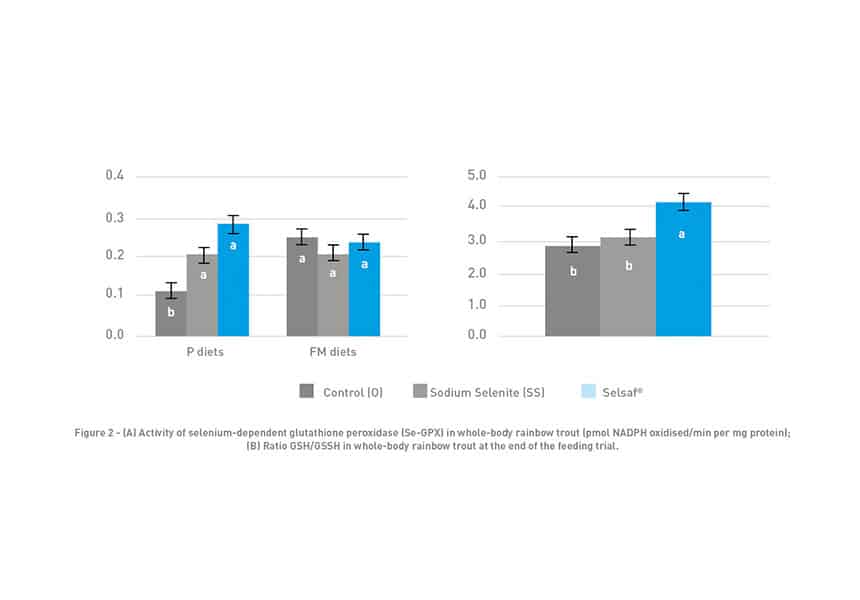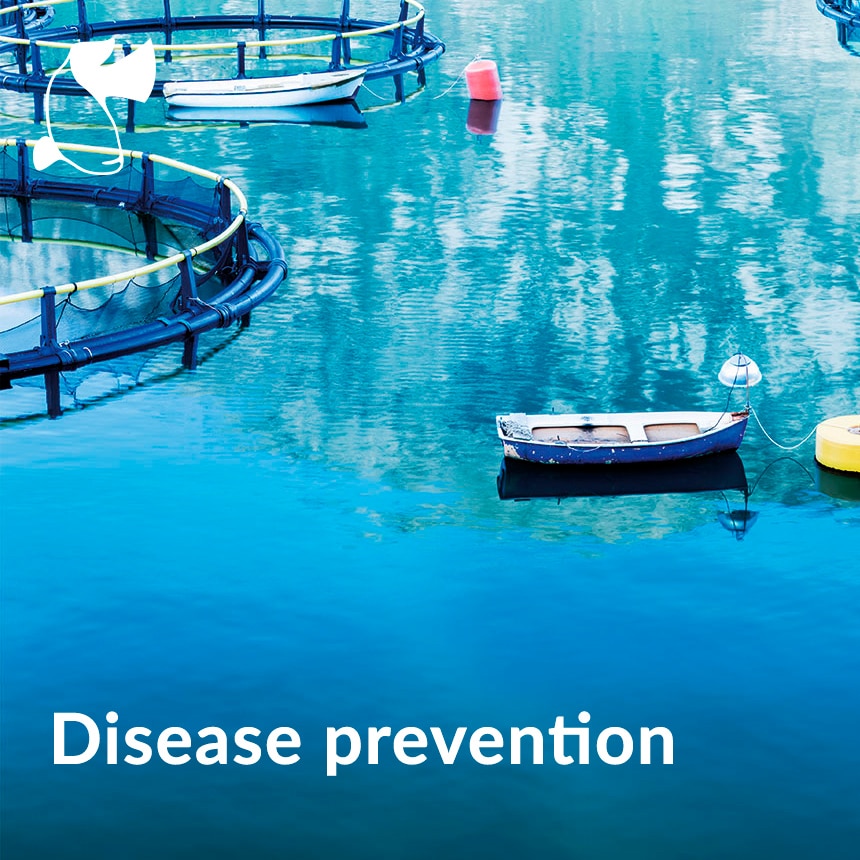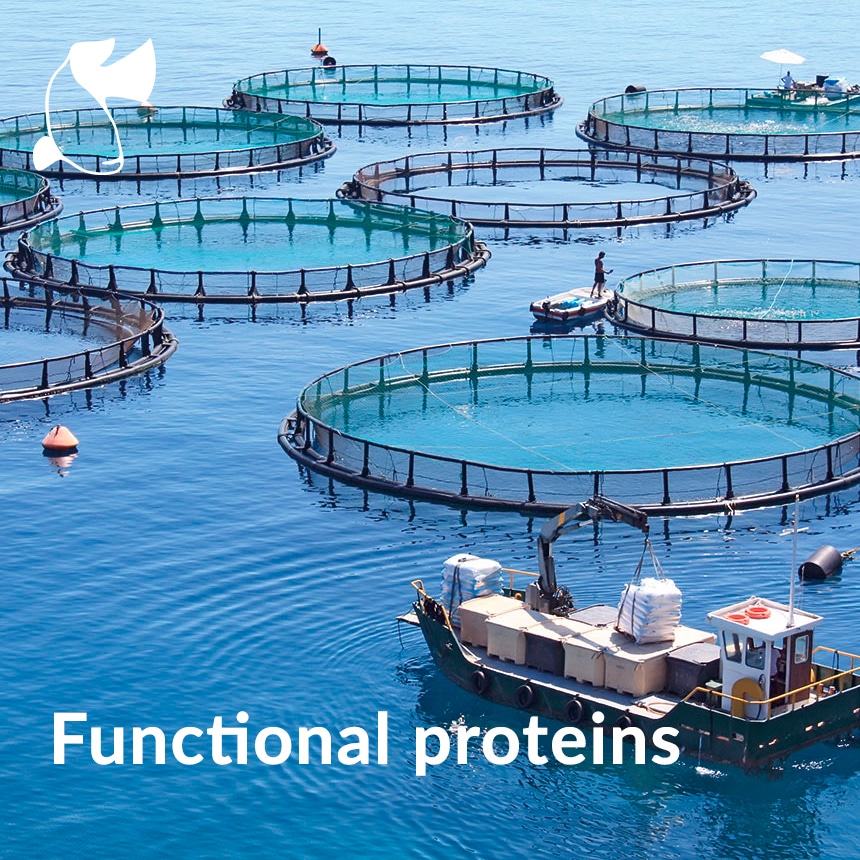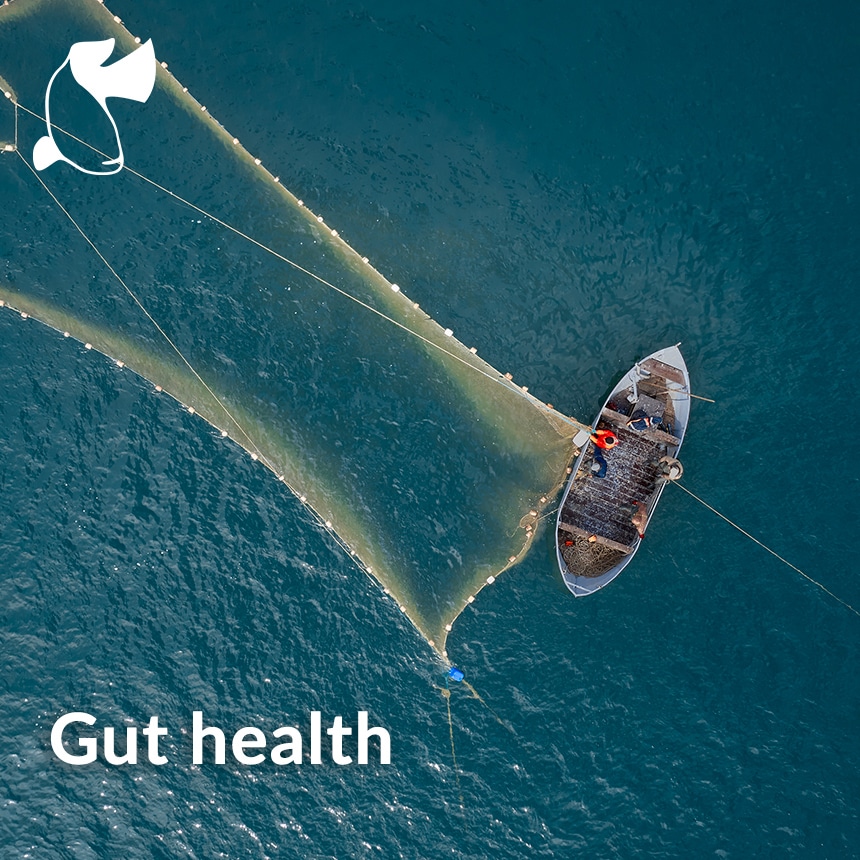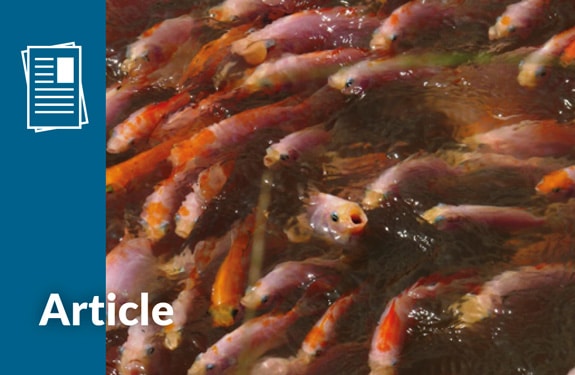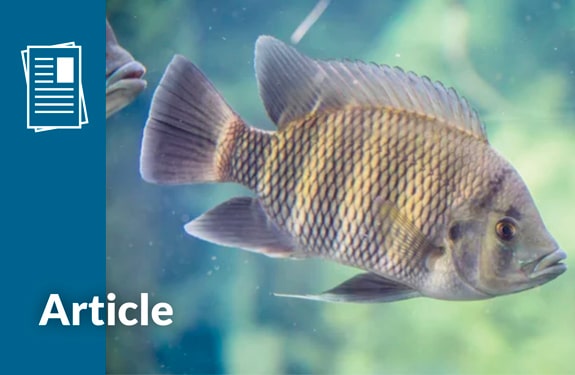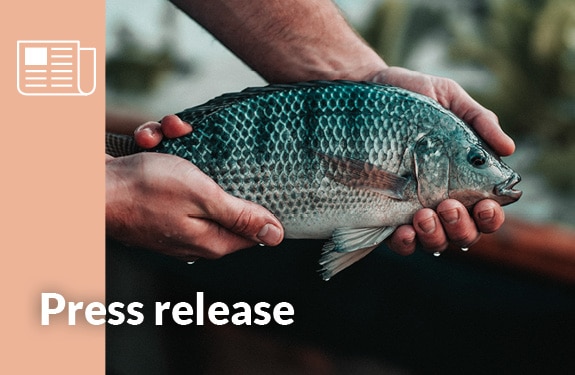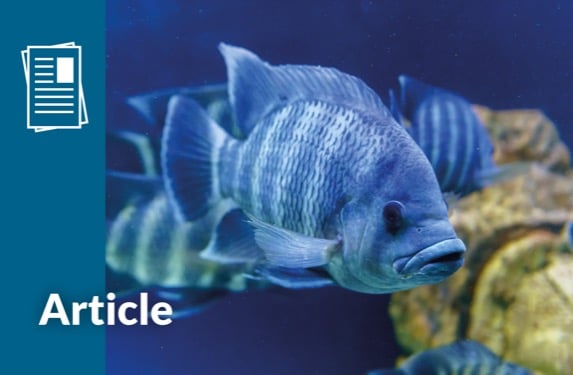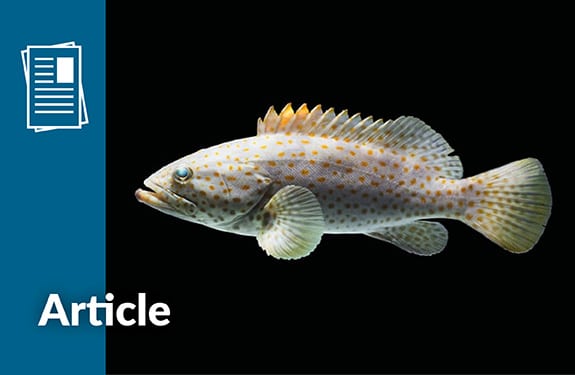Stress management in aquaculture
In a farming environment, the homeostasis of aquatic animals can be disrupted by several factors, such as water quality, stocking density, diet, sanitary status, pollution, and contaminants, etc. Sub-optimal conditions, depending on their intensity and duration, can result in acute or chronic stress. Prominent negative outcomes in stressed animals include a change of behaviour, impaired zootechnical performance and reduced immunity.
To cope with stress, animals display compensatory mechanisms to protect their physiological stability, increasing their demand for energy and the resources they need to support metabolic and cellular reactions. Oxidative stress is established at a cellular level when an animal’s capacity to counter oxidants (free radicals and reactive species) is defeated. Thus, the oxidation of cellular lipids, protein and biomolecules, such as DNA, can be triggered.

Improving antioxidant response
Antioxidant responses play a crucial role in preventing and mitigating the impact of oxidative damage. Such responses can be carried out by non-enzymatic molecules, or enzymatic reactions. An antioxidant defence system basically consists of radical prevention, radical scavenging and radical-induced damage repair mechanisms.
Supplementing selected essential nutrients, in excess of an aquatic animal’s nutritional requirements during stress, has been proven to be a feasible strategy to improve antioxidant status. Among relevant nutrients, selenium has gained attention because of its fundamental role in relation to selenoenzymes, such as GPx, thioredoxin reductase, etc.
Supplementing Selsaf for better stress management and functional diets
In modern aquafeeds, with reduced fishmeal, including an organic source of selenium supplementation in the diet can be of significant importance, especially for stress and functional diets. Selsaf®, the proprietary strain of Saccharomyces cerevisiae (CNCM I-3399), is a source of highly bioavailable selenomethionine and selenocysteine.
Selsaf® is proven to have superior assimilation compared to inorganic forms of selenium, being able to increase total selenium and selenomethionine levels in rainbow trout, with a greater effect evident in fish which are fed a plant-based diet.
Improving the antioxidant status of the fish
The superior metabolization and storage of selenium provided by Selsaf® supplementation also has a positive impact on the antioxidant system of rainbow trout, improving selenium-dependent GPx activity in plant-based diets and the oxidative status of the fish.
Activity of selenium-dependent glutathione peroxidase (Se-GPX) in whole-body rainbow trout (pmol NADPH oxidised/min per mg protein) (graph 1); Ratio GSH/GSSH in whole-body rainbow trout at the end of the feeding trial (graph 2)
Improving zootechnical performance under challenging farming conditions
Selsaf® can mitigate the adverse effects of suboptimal environmental periods in aquatic animals, improving their zootechnical performance. In a trial conducted with shrimp Litopenaeus vannamei at salinity 50, Selsaf®, used alongside Safmannan®, mitigated the detrimental effect of osmotic stress and pathogenic pressure, leading to significantly better survival rates and improved zootechnical and economic results.
By managing stress during production, and preventing oxidative stress events, producers can directly or indirectly improve the welfare status of their animals, leading to better zootechnical performance, improved immunity and resistance, and possibly boosting final product quality and processing yield.











